to ClimateChang





Coastal Partners is a shared Coastal Management Service. It was formed in 2012 to maximise cross-border efficiencies, meet the challenge of funding availability and because flooding and erosion risk disregard administrative boundaries.
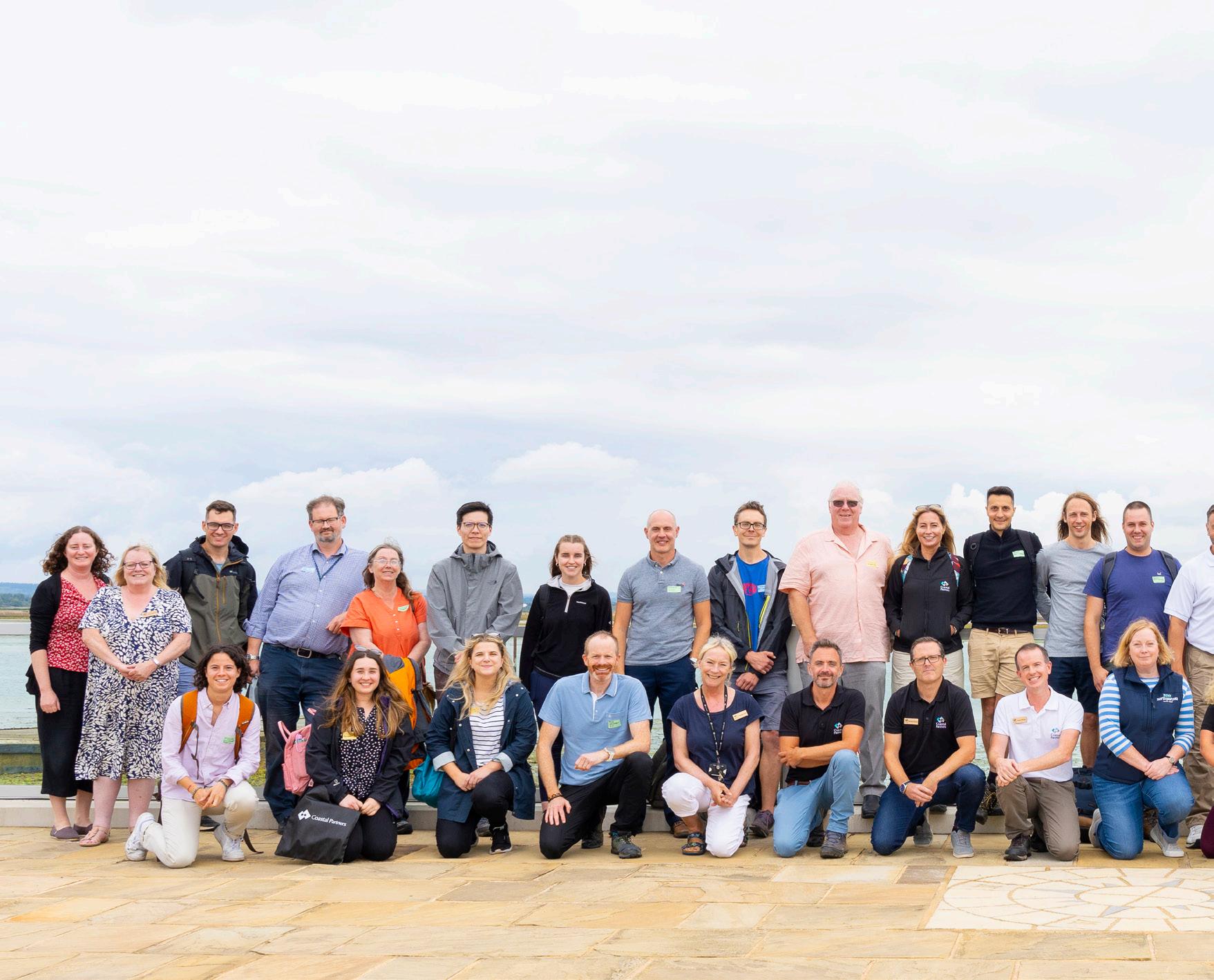
We work side-by-side with our Partners to manage a joined-up coastline of 246 km across five Local Authorities in the south of England.
Working together, our team of engineers, scientists, ecologists, surveyors and project managers deliver sustainable, environmentallyfocused coastal management solutions using a bespoke and structured approach.
Our coastal erosion and flood risk management success is realised through the effective use of resources and a proven track record for project delivery and asset maintenance.


As a public organisation, we are focused on the communities we represent, balancing the needs of our Local Authority partners, enhancing the natural environment and adapting to climate change.
By following the United Nations Sustainable Development Goals we aim to achieve maximum benefit for communities and the environment. Our projects look to take advantage of the major investments being made to address climate change and help to encourage greener lifestyles.





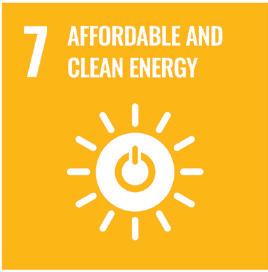




We do this alongside the National Food and Coastal Erosion Risk Management Strategy for England to ensure benefits for people, places and the environment are being met.
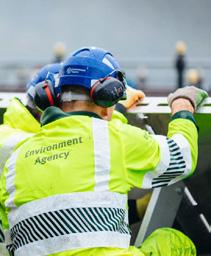

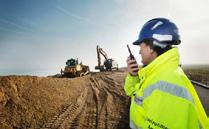
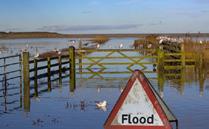









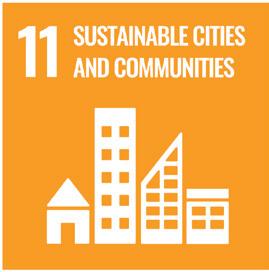

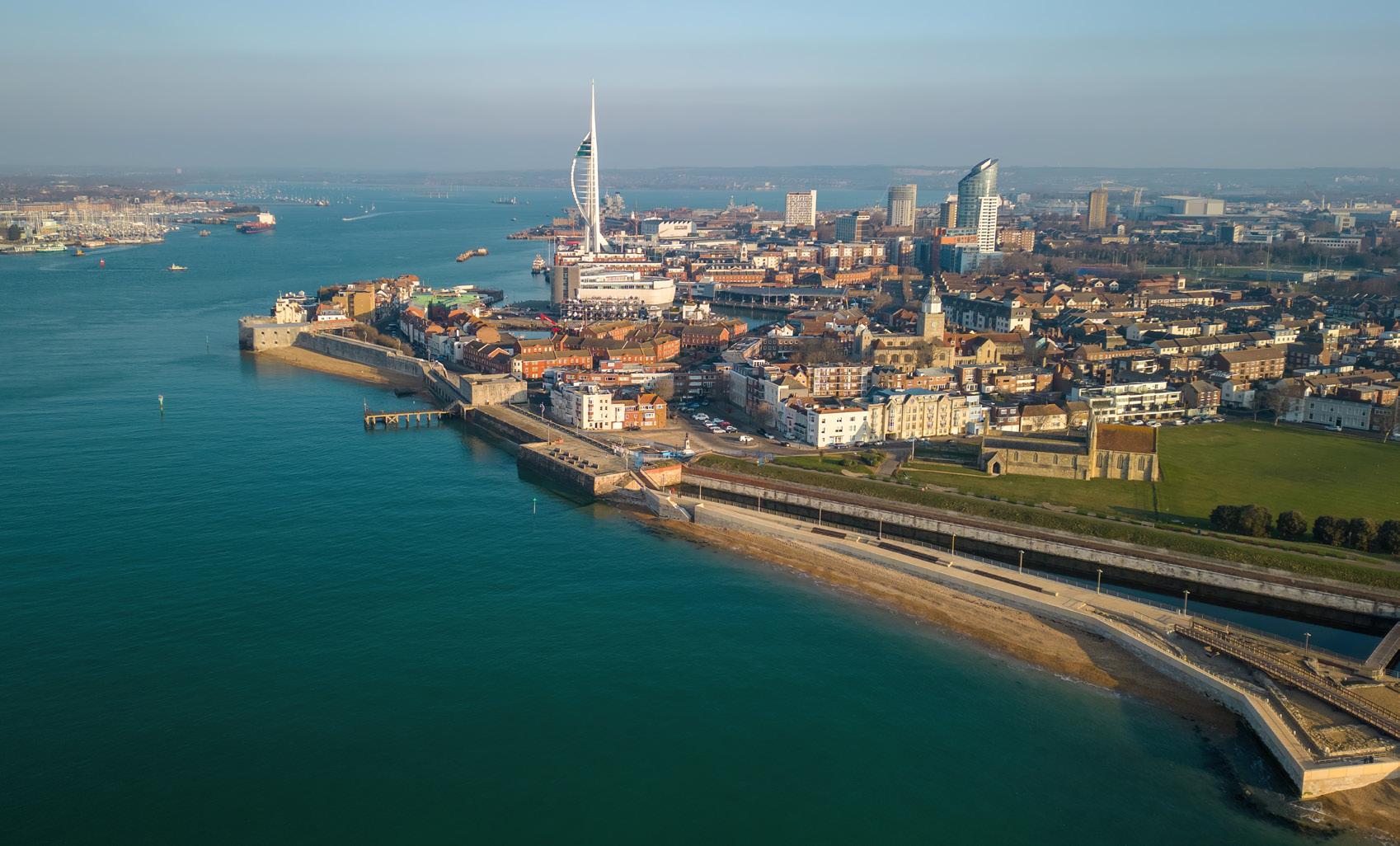
Our vision at Coastal Partners is to manage coastlines, improve community resilience and enhance the natural environment

Adapting and mitigating against the effects of climate change is at the core of our service and we pride ourselves on an environmentally focused output and vision.
Located in Portsmouth, an island city, international port and home to the Royal Navy, the Southsea Coastal Scheme is the UK‘s largest local authority-led coastal defences project.
The project, spanning 4.5 km, will reduce flooding and erosion risk for over 10,000 households and 700 businesses. Costing £186m, the design provides a 1:200 Standard of Protection (SoP) helping to avoid over a billion pounds worth of projected damages.
The most recently completed section is known as ‘The Theatre of the Sea’ for its stunning location, nearby heritage and magnificent views. It lies alongside the Southsea Castle, a scheduled ancient monument that was built in 1544 by King Henry VIII. With the balance of old and new now lining the seafront, the defences ensure the protection of assets, infrastructure and the future of a historic area under pressure from rising seas.
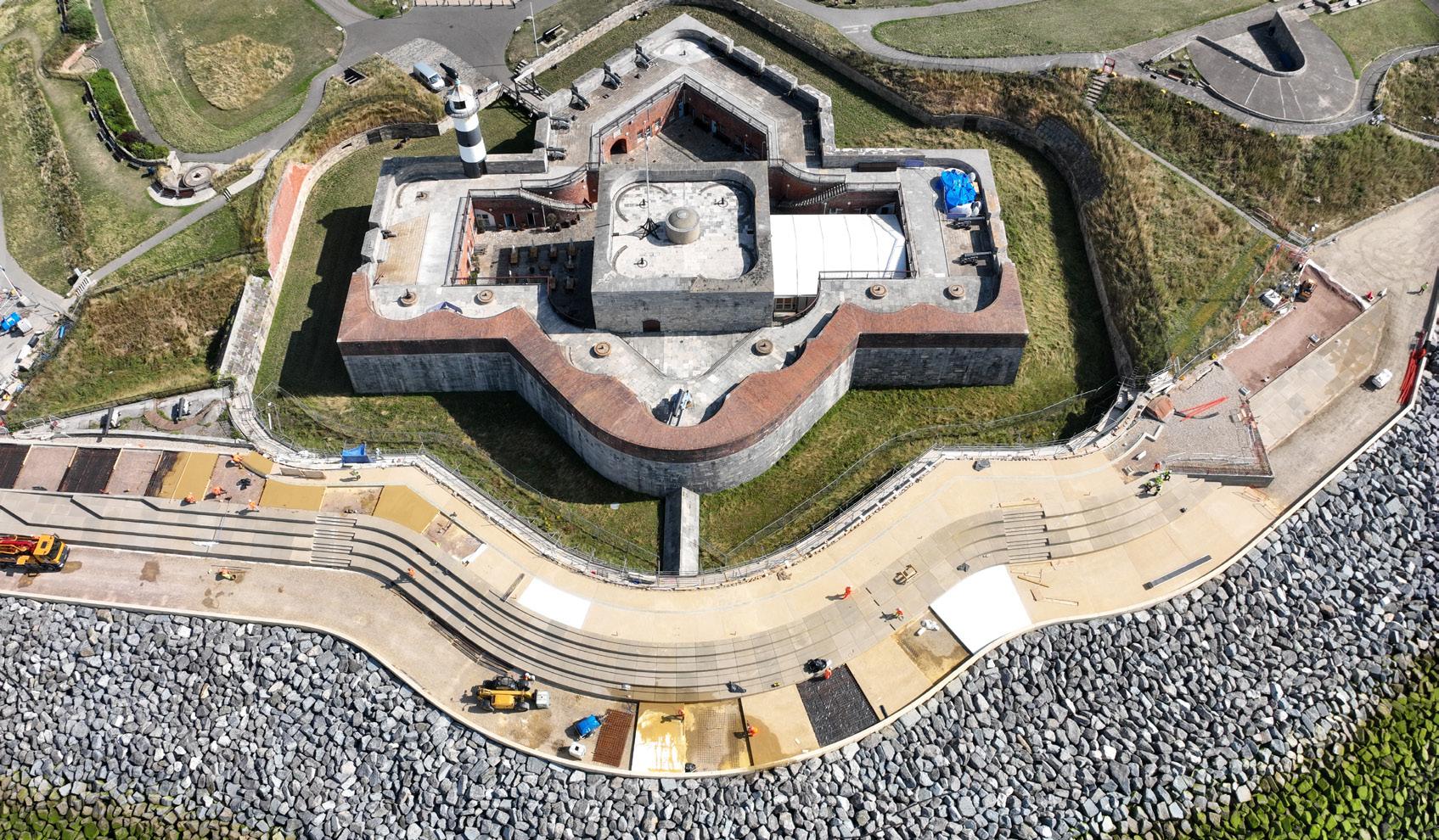


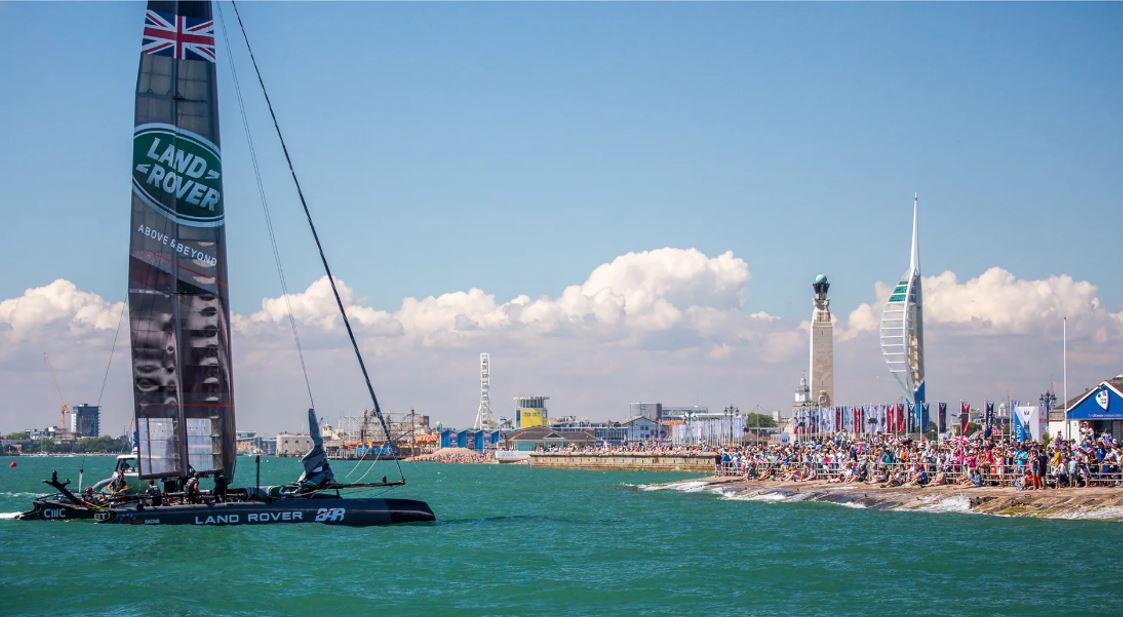
The area has a history of hosting international events such as the America’s Cup.
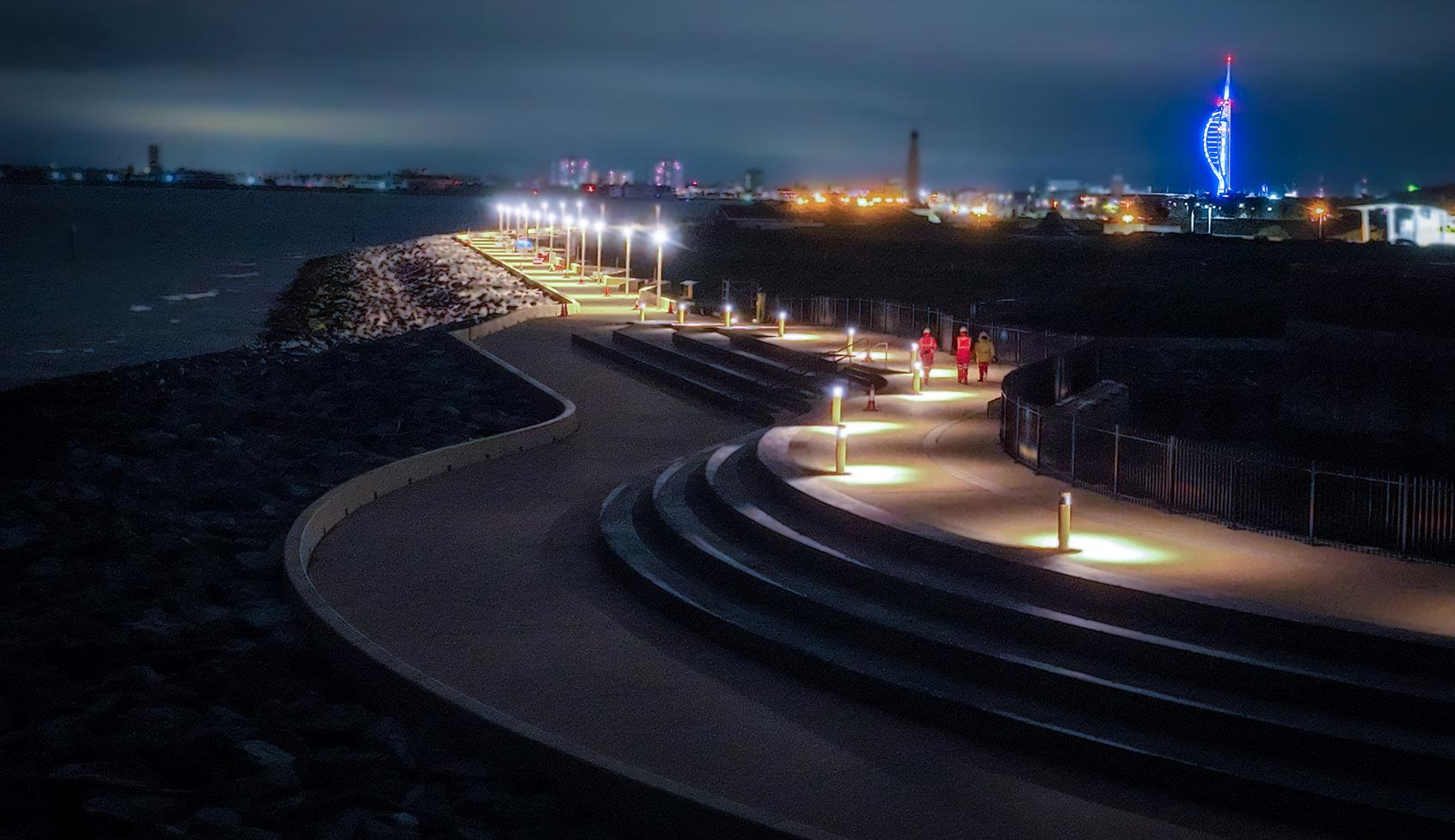
The Theatre of the Sea has been designed with people in mind. Intricate details help to ensure that all backgrounds and abilities can enjoy the area and share the experience.
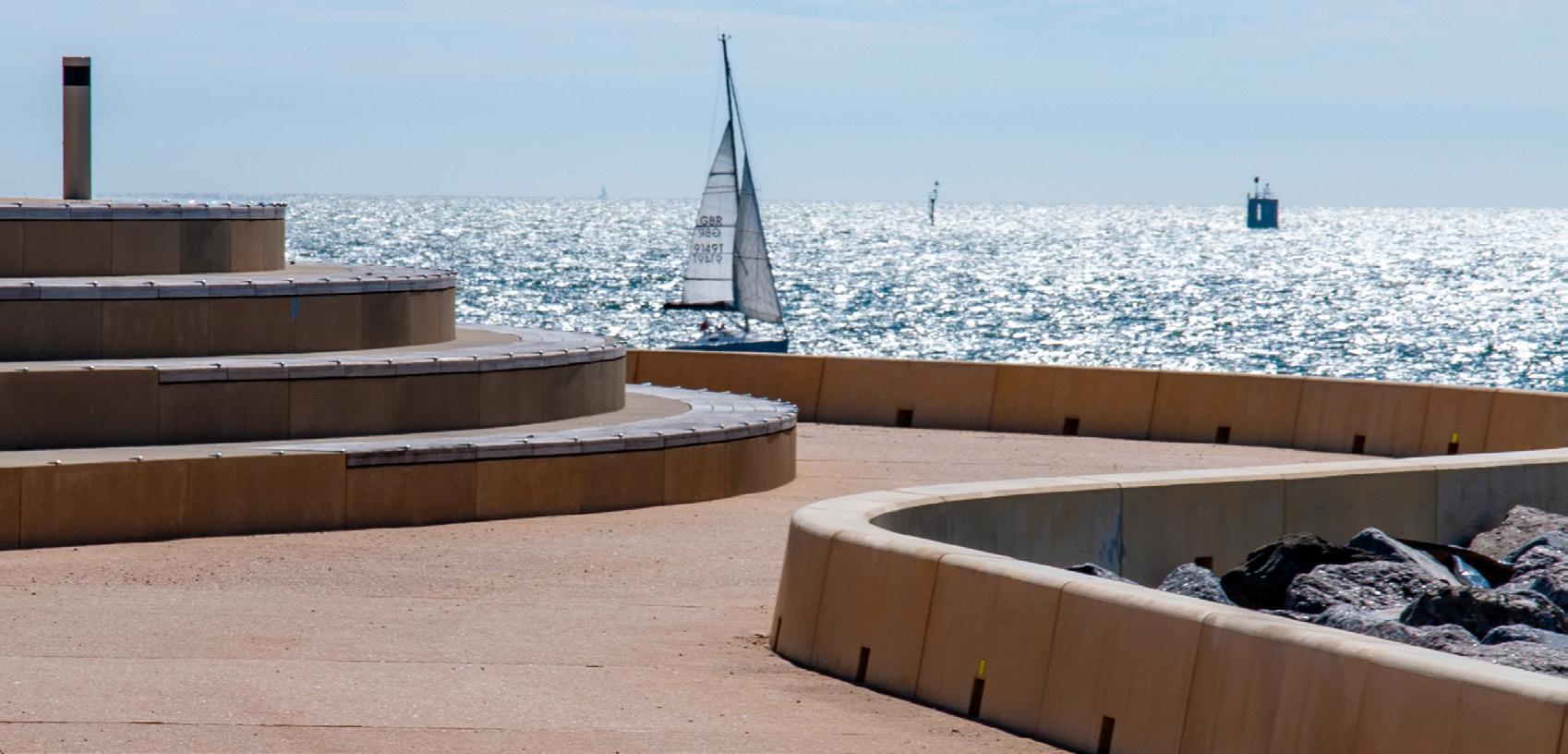
Not just a sea defence!
The scheme has been designed to raise the standard of the public realm, helping to boost health, wellbeing, connectivity and to celebrate history.
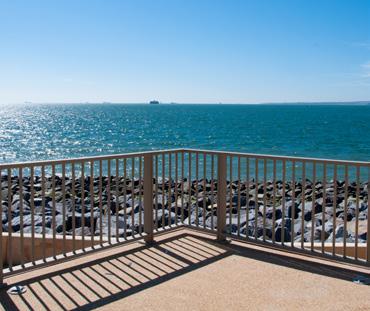
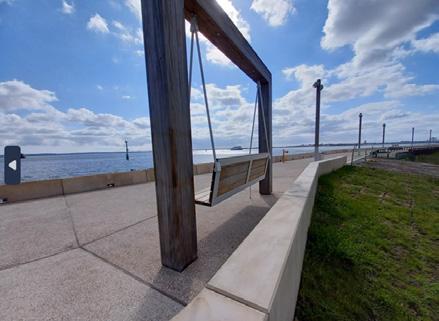



The coastal defences are committed to reducing carbon and leading the way as an environmentally focused Flood and Coastal Erosion Risk Management (FCERM) Scheme.

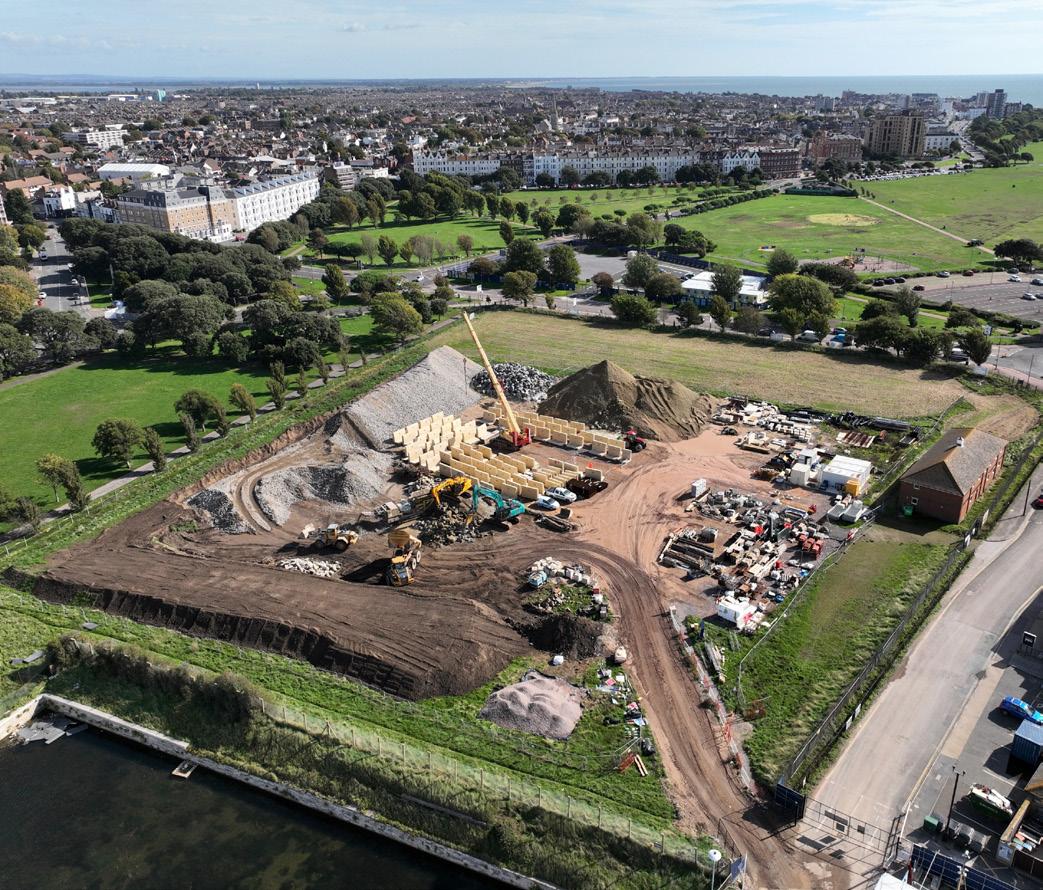

Sea level rise, coastal squeeze and a densely populated urban island present some stiff challenges for making space for nature.
With the right people and the right blend of passion and perseverance some innovative solutions have been developed that help ecosystems thrive in a demanding environment.

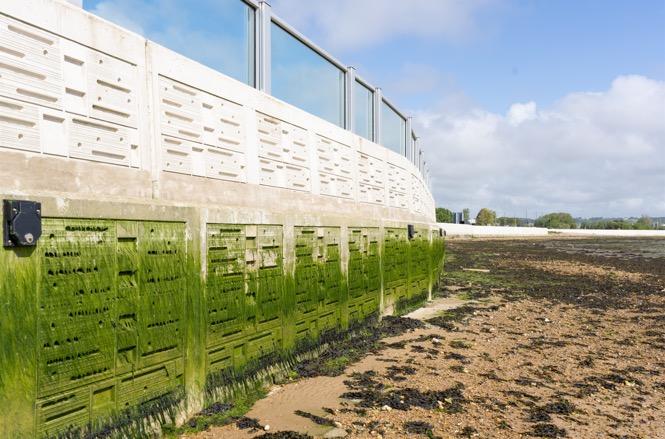
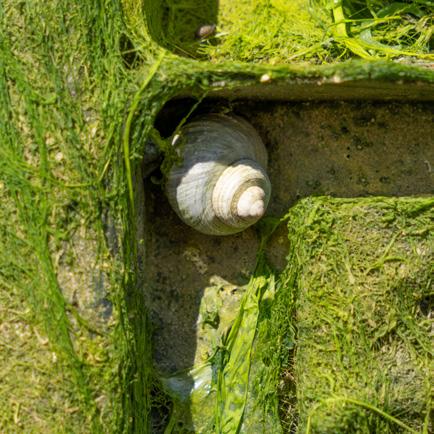

Textured Ecoformliner sea walls create opportunities for marine animals and plants to flourish.

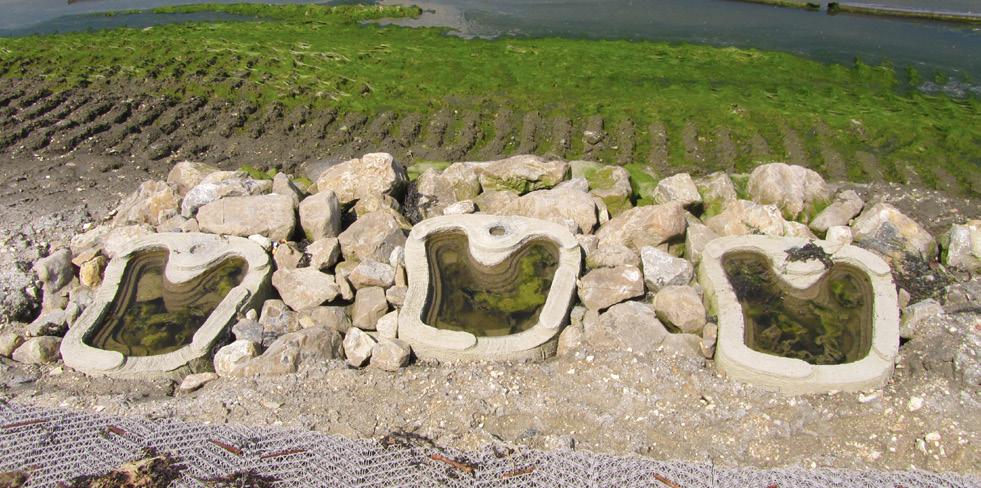
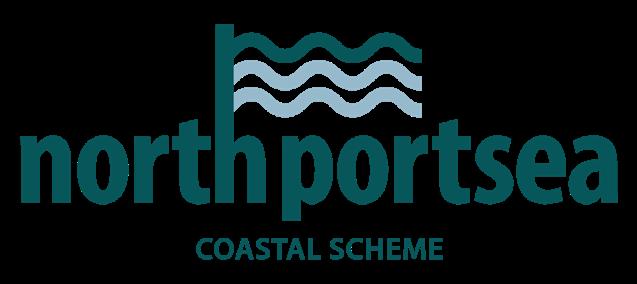
Specially designed pools have been integrated into flood defences.
‘Tidal pools’ help to support ecosystems and ecology unique to the locality.
A bird roosting island has been created for overwintering birds. Named ‘Cockleshell Island’ as a tribute to the ‘Cockleshell Heroes’ who trained for a daring raid in the same harbour during WWII.

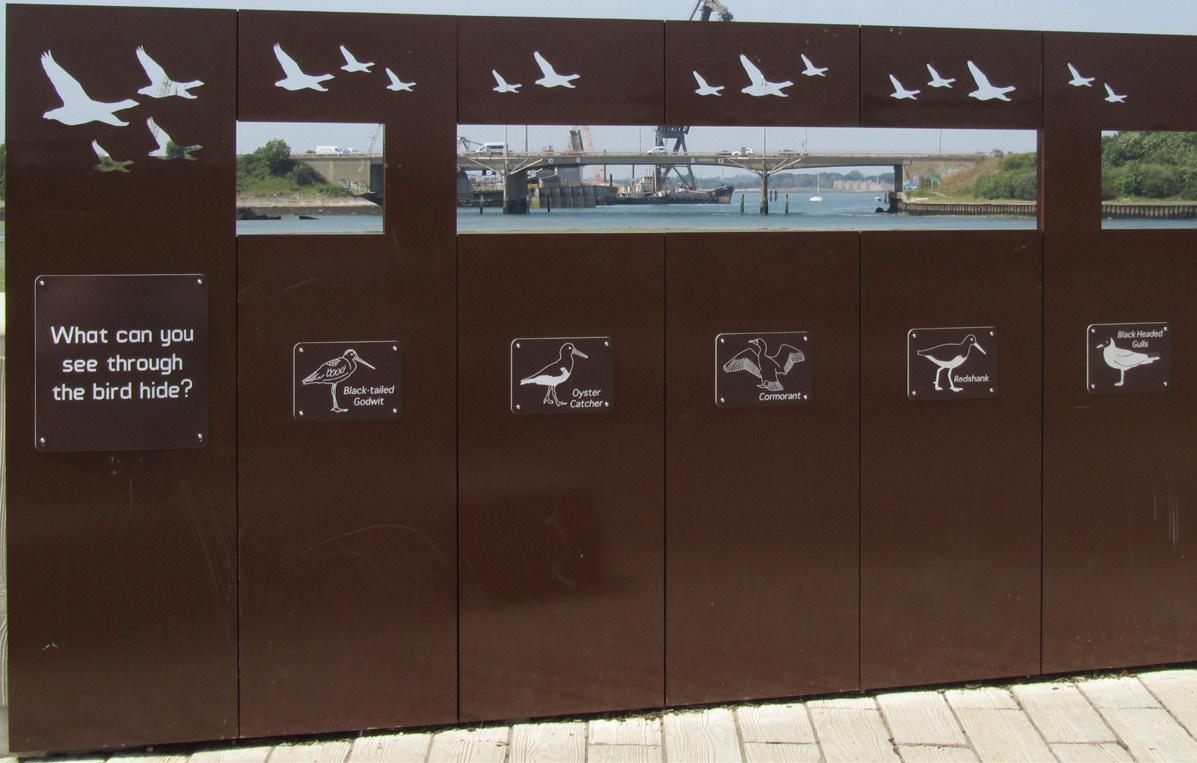

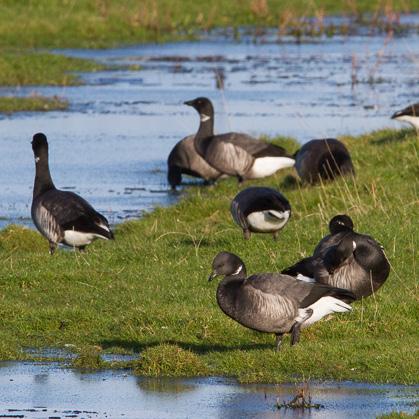

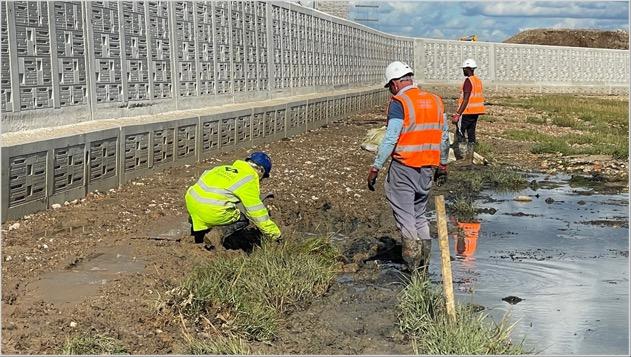
Our schemes partner with universities and experts to deliver cutting edge research including seagrass restoration.



To offer improved space for biodiversity and pollinators, specially designed ‘bee posts’ have been installed.



A wildlife trail has been created with information about sea creatures and wildlife. Boulders recovered from the old defences have been used to reduce carbon and waste.
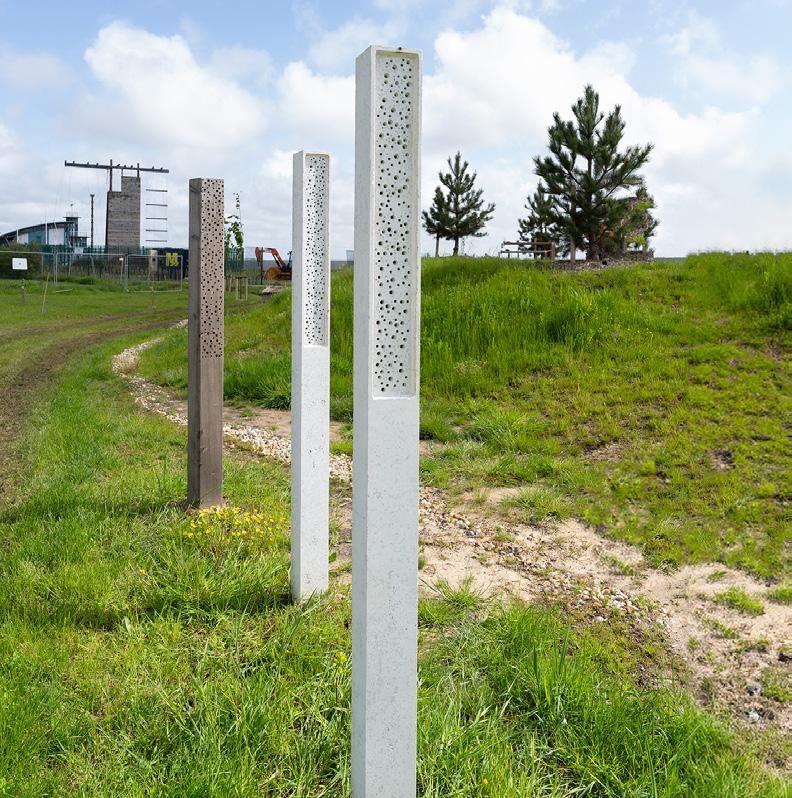

Native wildflowers, bushes and trees complement the flood defences. They work in harmony with active travel routes that enable people to

Climate change is making the UK warmer and wetter. As sea levels rise, difficult decisions are being made based on the understanding of climate risks.
Working as an integrated project team we deliver success through innovation, collaboration, and communication. Having the right people in place is key to making informed decisions in diverse disciplines such as city planning, engineering and funding.
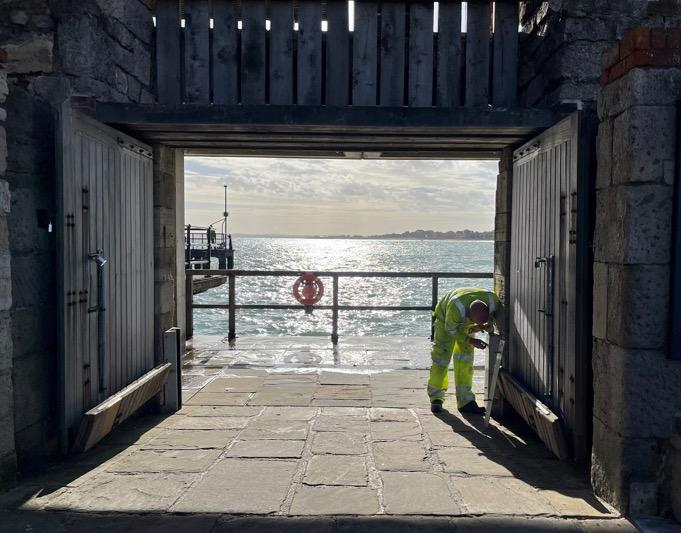
Mobile flood gates are in place at exposed locations across our region

We manage uncertainty in a flexible and pragmatic way by using the Adaptive Pathways Approach. This approach facilitates sustainable decision-making that explores different routes for a range of possible futures.

Example Adaptive Pathways Approach



Placing communities at the heart of decision making is a priority to ensure local opinions are captured and considered.
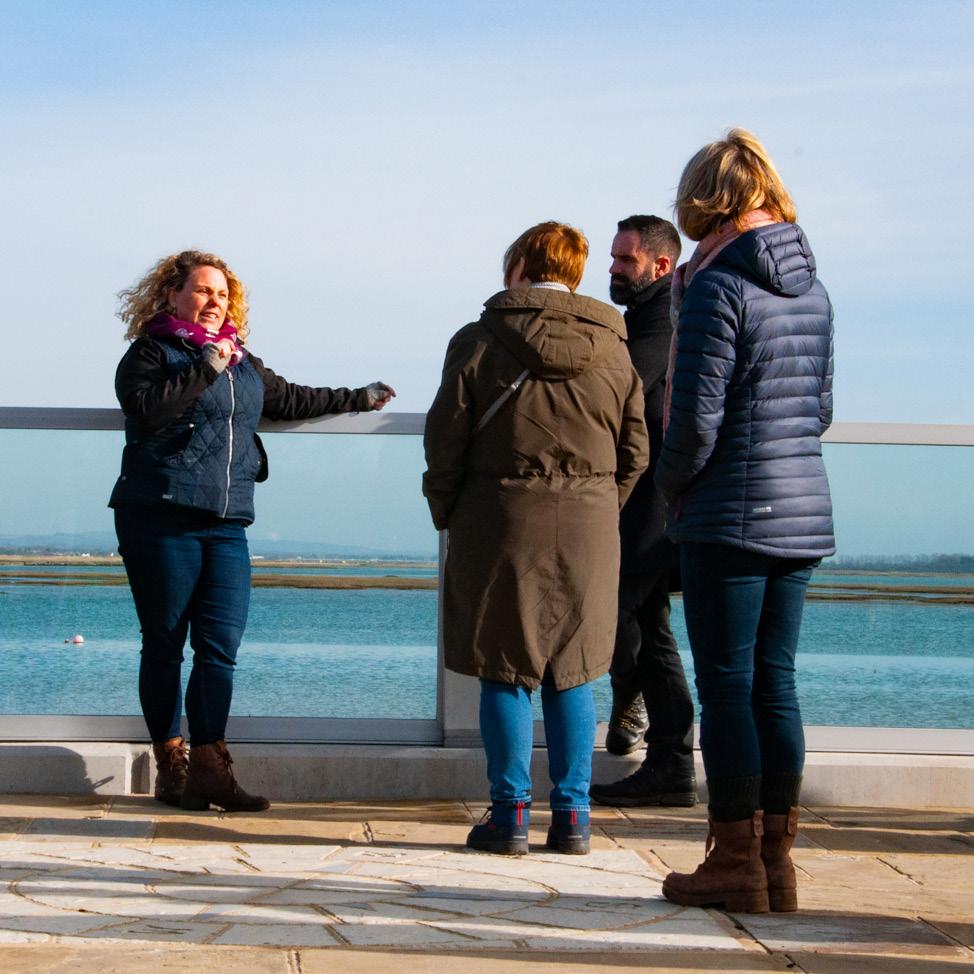

Engaging with stakeholders of all ages and backgrounds help design projects for the future.









